

Max Davies
2026 GWM Haval Jolion price and specs
2 Days Ago

Marketplace Editor
Hyundai’s flagship SUV for global markets, the popular seven-seat Santa Fe, is in store for a tech-heavy refresh next year.
First published by KoreanCarBlog, the interior image (below) belongs to a facelifted Santa Fe prototype spotted in Korea, and show an updated cabin layout headlined by the larger 10.25-inch widescreen infotainment display seen in other Hyundai/Kia models, underlined by a centre stack pulled out of the larger Palisade.
It’s reported the Santa Fe’s mid-life refresh will bring Hyundai’s three-row crossover in line with the latest Kia Sorento, due in Australian showrooms in the coming months.
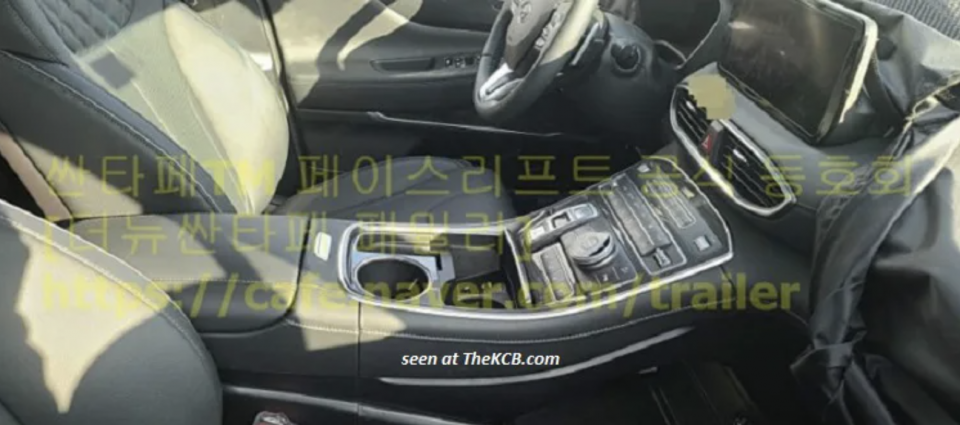
Should that be the case, expect the larger infotainment display to be joined by an available fully-digital instrument cluster as seen in the Sorento, Palisade, and US-market Kia Telluride, replacing the current model’s optional 8.0-inch instrument cluster display.
The driver’s display should measure 12.3-inches, and be available with the Blind Spot View Monitor technology which uses side mirror-mounted cameras to project a live video feed into the instrument cluster of the vehicle’s blind spot.
This feature will debut in Australia with the new-generation Sorento, though is already available in overseas models like the Palisade and Telluride.
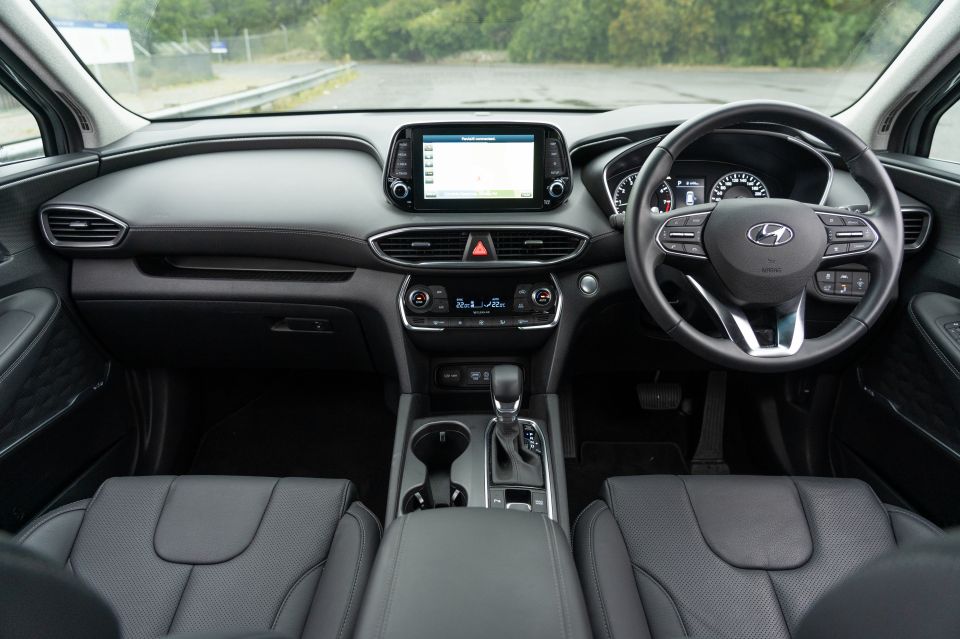
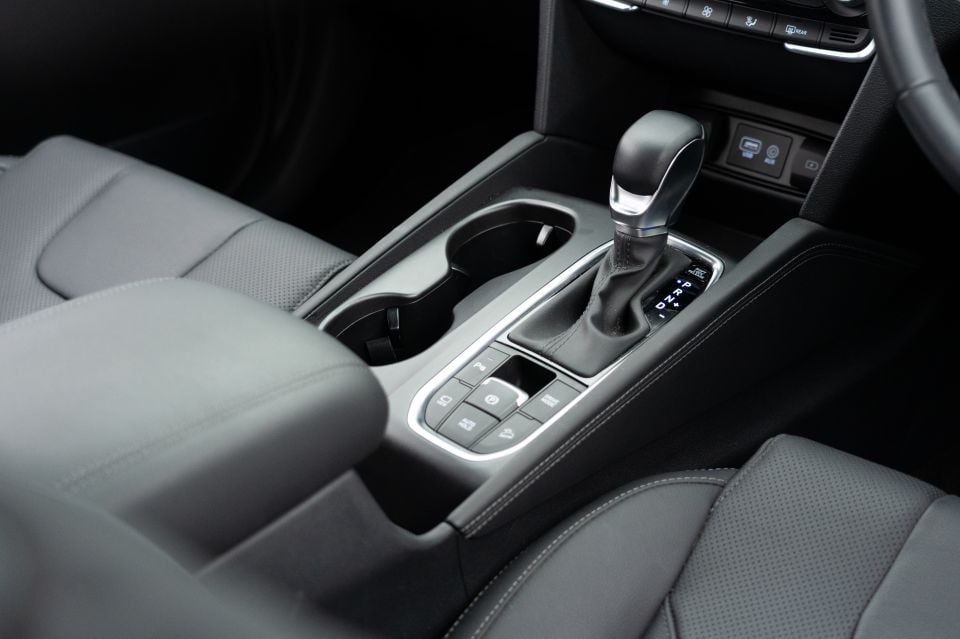
Beyond the new screens, trainspotters will notice the new centre stack design, which incorporates the layout and shift-by-wire system seen on the Palisade. Having this technology removes the need for a proper gearshift and frees up space in the centre console compared to the current model.
Rounding out the cabin changes will likely be a revised range of interior colours and trims, which may vary depending on market. In Australia, the Santa Fe can be had with up to three leather colourways for the top-spec Highlander – including black, dark beige and burgundy – as well as two cloth variations for the entry-level Active (black and grey).
Further revisions should be made under the skin, with reports indicating the updated Santa Fe will offer electrification for the first time, including series hybrid and plug-in hybrid options.
KoreanCarBlog claims the two hybrid Santa Fe models will effectively share drivetrains bar the battery, with the plug-in variant to use a higher-capacity lithium-ion unit for extended zero-emissions driving range.
Both vehicles should pair a 1.6-litre ‘T-GDi’ turbocharged four-cylinder petrol engine with an electric motor and battery pack – similar to the system available in the new Kia Sorento in other markets.
In the Sorento Hybrid, the petrol engine develops 132kW of power and 265Nm of torque (a newer iteration of the unit used in the smaller Kona and Tucson) while the electric motor makes 44kW/264Nm. Combined, the hybrid system outputs 169kW and 350Nm.
The regular hybrid model features a 1.49kW lithium-ion battery pack for short bursts of electric driving to save fuel, while drive is sent to the tarmac via a six-speed automatic transmission. As noted earlier, the Santa Fe Plug-In Hybrid will feature a much larger battery pack allowing for extended electric driving.
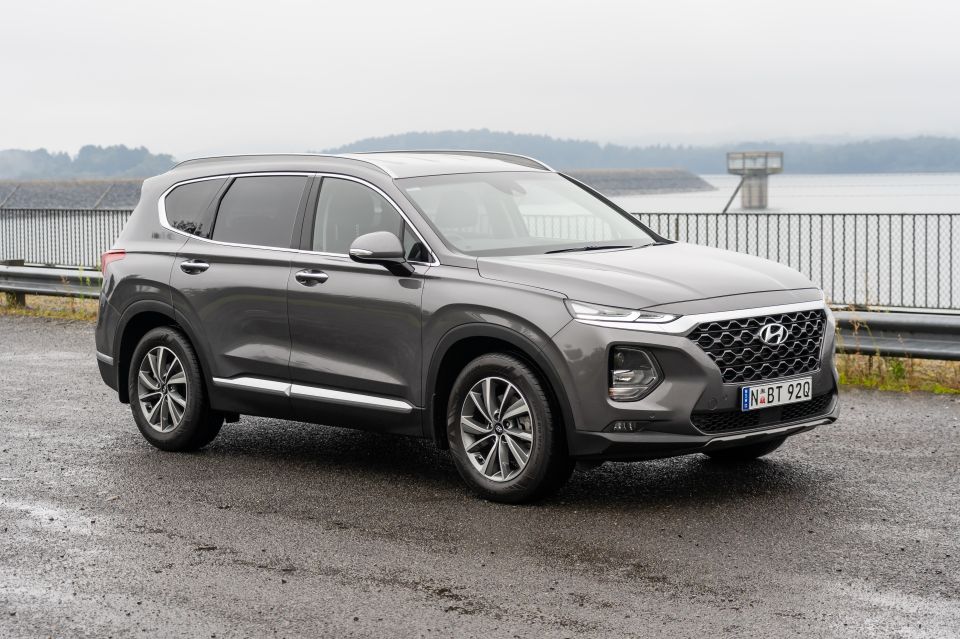
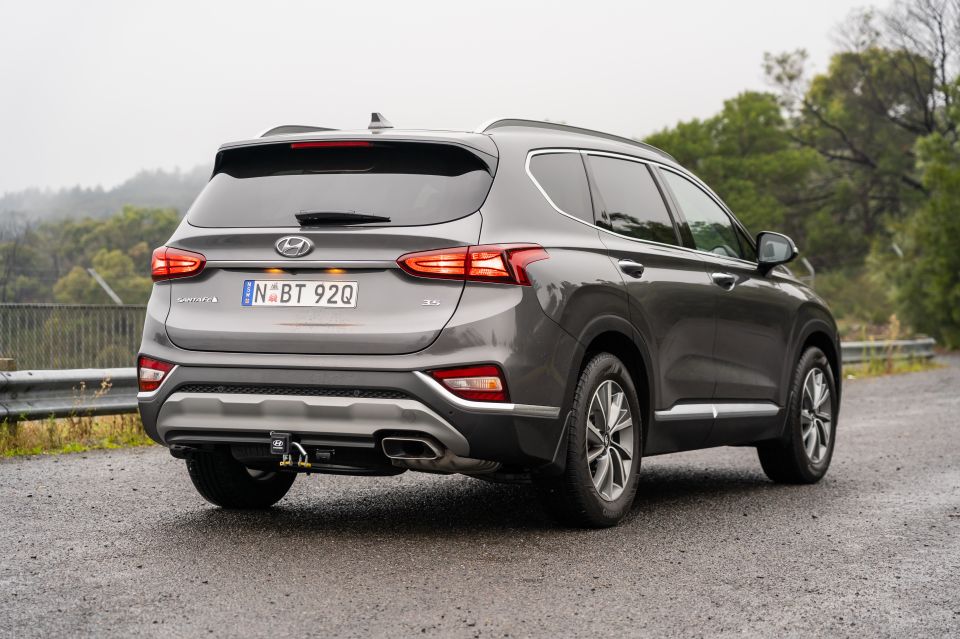
Finally, expect the 2021 Santa Fe to sport a revised exterior design. If Hyundai’s latest reveals are anything to go by (think Elantra/i30), then the crossover will do away with most of its smooth edges and curves to make way for a more angular, aggressive aesthetic.
More liberal use of LED lighting is expected, as well as sharper front- and rear-end treatments, complemented by a new range of alloy wheel designs.
KoreanCarBlog also suggests the updated Santa Fe could get a longer wheelbase as part of the refresh, which would make this ‘facelift’ more of an overhaul. Extending the space between the axles would open up more space in the cabin, focused on rear occupant space and enhanced luggage capacity.
It’s unclear when the updated Santa Fe will be revealed, though we’d expect Hyundai won’t want to be too far behind the Sorento – so expect the global unveiling to happen late this year ahead of a 2021 launch.
Hyundai’s home market of South Korea will almost definitely get the new model first, before launching in global markets like Europe, North America and Australia.

Meanwhile, the Chinese market looks set to get an even wilder interior treatment. The above image, also recently posted to KoreanCarBlog, shows a completely different centre stack design compared to both the current and upcoming global vehicle, with a layout that would look more at home in a Tesla or the upcoming Mercedes-Benz S-Class.
It wouldn’t be the first time China got a bespoke version of a vehicle – there’s long-wheelbase versions there of basically any car you can think of – and even now the Chinese-market Santa Fe marches to the beat of its own drum, with a 100mm longer wheelbase and unique rear fascia compared to the model available globally.
Hyundai’s bespoke Santa Fe for the Chinese market, developed in conjunction with local firm, Beijing Motor, should also debut before the end of 2020.
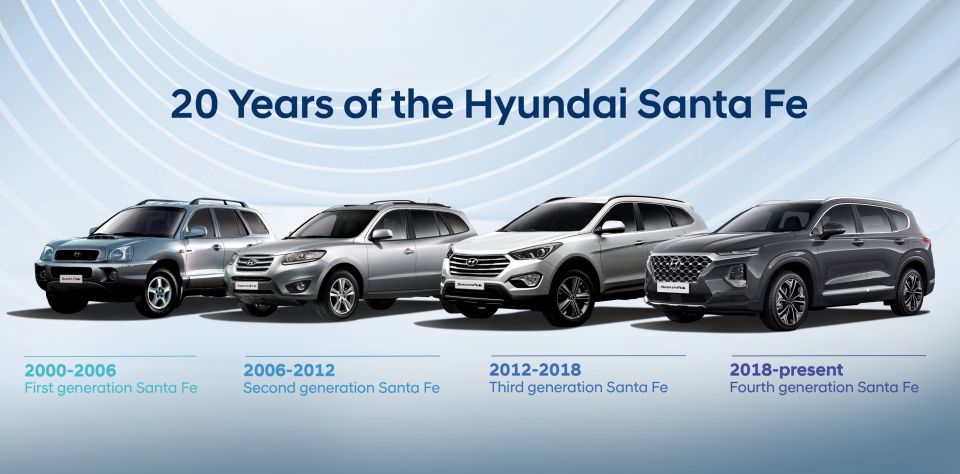
This year, Hyundai’s local division is celebrating the 20th anniversary of the Santa Fe nameplate Down Under.
Spanning two decades and four generations, the Hyundai Santa Fe kicked off the Korean brand’s SUV range and has sold more than 5,260,000 units globally.
Cheekily included at the very bottom of this celebratory press release, Hyundai Australia included a brief reference to the upcoming model:
“The continuing improvements the Santa Fe has undergone over the past two decades demonstrate Hyundai’s commitment to developing quality products with the latest features for its customers. Further details on the enhanced fourth generation will be revealed in the near future,” the brand said.
It’s likely Australia will miss out on the hybrid versions, at least at launch, while the revised diesel version should pick up the company’s new eight-speed wet-type dual-clutch automatic transmission. The current model’s 206kW/336Nm 3.5-litre V6 and eight-speed torque converter auto should also carry over.
Stay tuned to CarExpert all the latest.
Where expert car reviews meet expert car buying – CarExpert gives you trusted advice, personalised service and real savings on your next new car.
James Wong is an automotive journalist and former PR consultant, recognised among Australia’s most prolific motoring writers.


Max Davies
2 Days Ago


Damion Smy
3 Days Ago
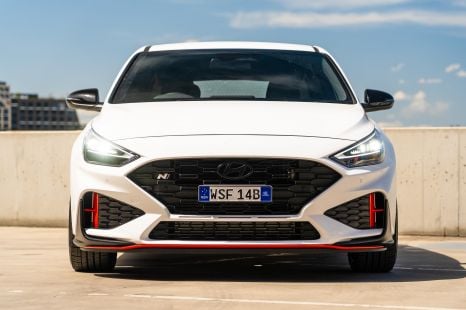

William Stopford
13 Days Ago
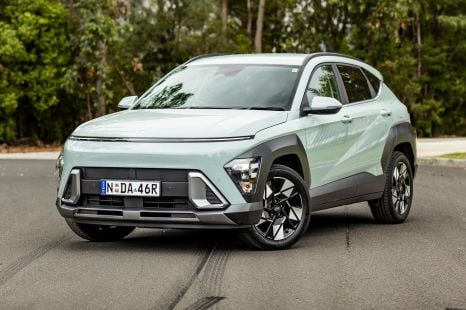

Matt Campbell
21 Days Ago


Damion Smy
21 Days Ago
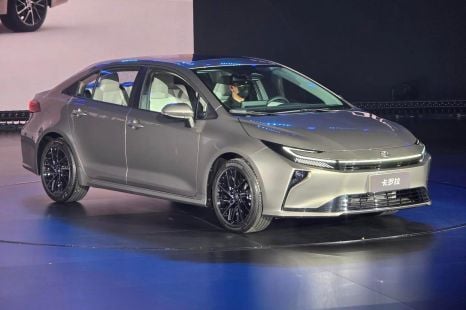

Damion Smy
26 Days Ago